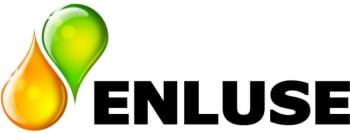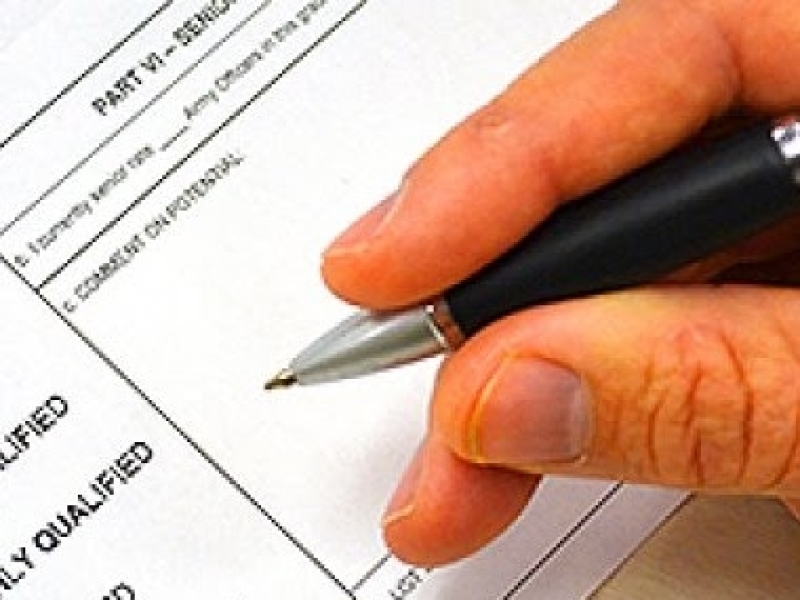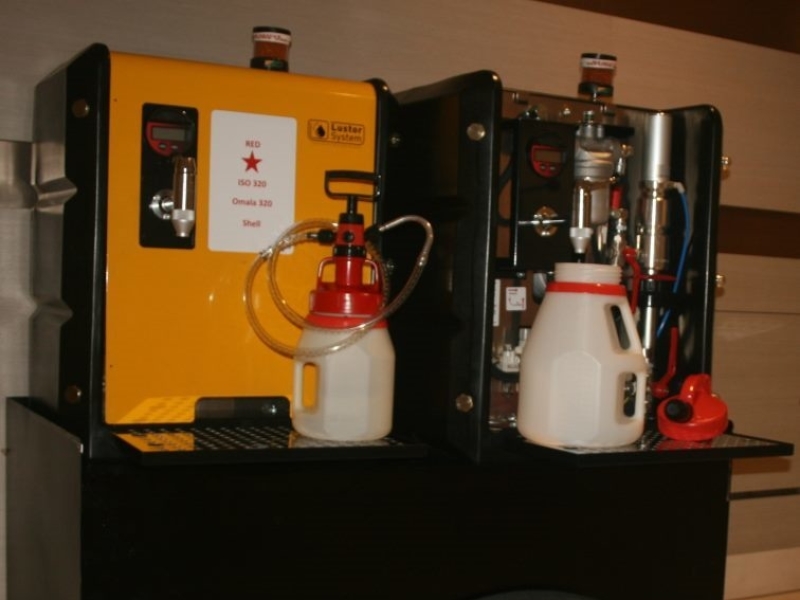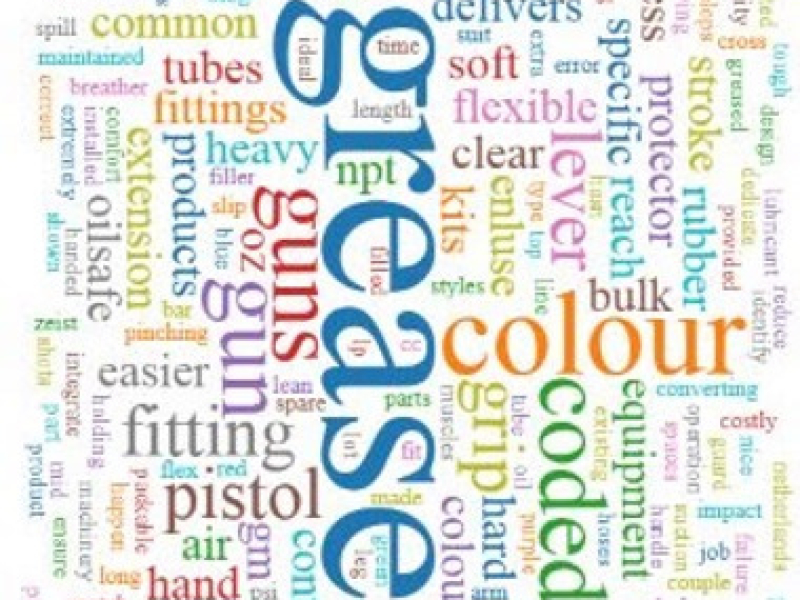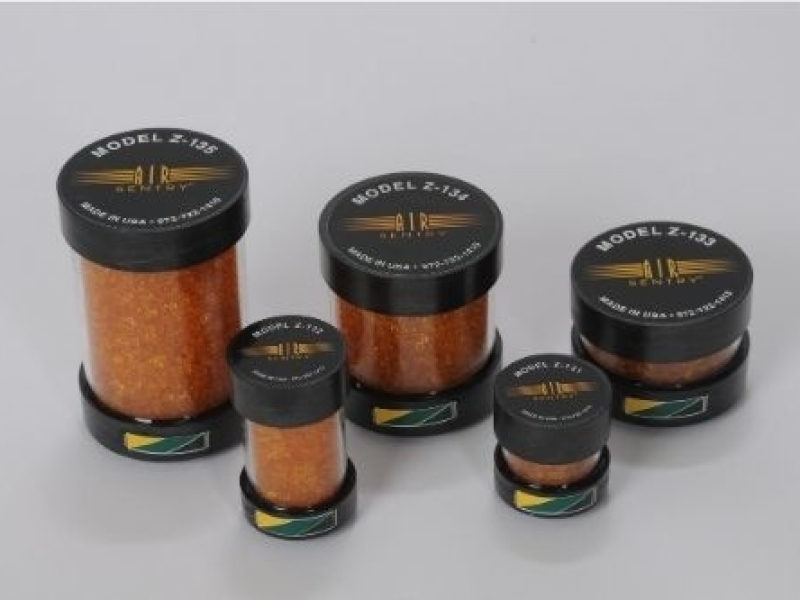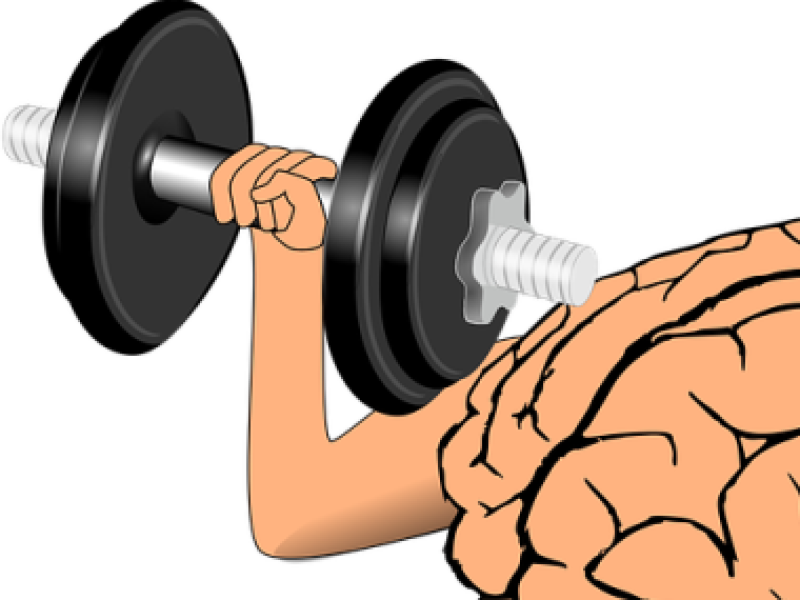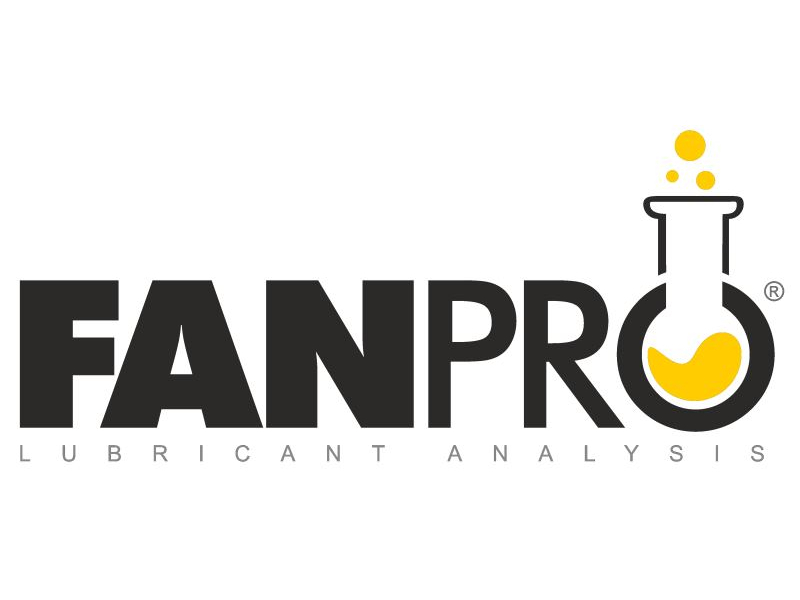The discussion in the industrial maintenance world today is predominantly focused on plant and equipment reliability. The real meaning of equipment reliability is often hidden behind other terms like World Class Maintenance, Asset Efficiency, Proactive Maintenance, Predictive Maintenance, Lubrication Management, Lean Manufacturing, TPM and even 5S (Sorting, Straightening, Systematic cleaning, Standardizing, and Sustaining). However, irrespective of what companies choose to call it, they all have fundamentally the same objective.
2. Plan - Manage - Organise
“Equipment Reliability is a maintenance strategy or culture which, when implemented successfully, will assist in:
reducing maintenance costs - improving equipment uptime and lowering the overall costs of production.”
Many companies set out on the pathway to achieve the above conceptual definition(s) and invest in people and technologies as their defined processes require, however the lubrication component of the strategy, is more often than not, low on the appreciation scale and consequently their efforts do not always meet the expectations.
Our experience shows that companies at World Class or Best in Class levels, focus at great length on the management of their lubrication activities, because they understand the effect lubrication has on equipment life.
What is Lubrication Reliability™?
All investigations conducted today on why bearings fail, will reveal the alarming fact that over 60 % of the damages are lubrication-related. The bearing is the rotating core of the machine and if we can reduce the lube-related failures we will directly improve the equipment reliability, not to mention the resulting reduction in bearing consumption.
Measurement is the Key to Knowledge
The overall goal of Lubrication Management Software is to tackle three main objectives:
- Reference base (store lube-related activities)
- Increase employee productivity
- Cost associated with downtime (due to equipment failure)
However, traditionally the use of software tools in lubrication engineering has been broken down into two areas:
1.Lubrication Management
Providing tools to manage the process (greasing routes, oil change intervals etc.).
2.Lubricant Analysis
Providing tools to manage lubrication testing and analysis
There is a considerable overlap between lubrication and oil analysis information management systems. They both require details to be entered about the equipment, lubricants used and scheduling information. Both maintain histories about the lubricants. Upfront costs to purchase and set-up these programs are expensive, as are the ongoing costs associated with running the software and managing changes in two independent systems.
Overview of Lubrication Management Systems
The purpose of the lubrication management system is to plan and schedule the deployment of lubrication to oil and grease lubricated machinery. It has been determined that inadequate or improper lubrication accounts for as much as 60% of all mechanical failures in industry. A lubrication management system should ensure that the correct grade of lubricant is delivered to the right place, in the right quantity, at the right time.
Following items should be included:
- Plant Audit of Lubricant Usage
- Create Daily/Weekly/Monthly Lubrication Routes
- Generate/Manage Lubrication Schedules
- Management Reports of Lubricant Application/Usage
Overview of Lubricant Analysis Systems
The purpose of the lubricant analysis system is to administer the used oil analysis program. Used oil analysis is one of the most effective machine condition monitoring technologies available for rotating, reciprocating and hydraulic equipment. Lubricant analysis is used to monitor the wear rates of the machine itself, the level of contaminants in the lubricant and the condition of the physical properties of the lubricant. Software designed for managing oil analysis results (at the client site) should handle data produced by the most common oil analysis test types. This software should also be capable of retrieving oil analysis data in an electronic format, an option provided by most laboratories today.
Lubricant analysis software programs commonly offer the following benefits:
- Help to Set Up an Appropriate Lubricant Analysis Test Regime
- Generate/Manage Sampling Schedules (Print Labels)
- Acquire and Import Data Electronically from Lab
- Acquire/Enter Data from Onsite Oil Instruments
- Manage Rejection Limits (Alarm Levels) for Machines/Lubricants
- Management Reports of Machinery Condition Based on Lubricant Analysis
The final process for most lubricant analysis systems is the production of management reports. These reports come in two main categories - summary reports that cover the overall condition of many machines (usually all the machines that have recently been analyzed), and detailed reports that show trend graphs, tables of data and microscope images.
While standalone lubrication management and oil analysis software programs have some merit, there are substantial benefits in integrating lubrication management and lubricant analysis tools.
Conclusion
Lubrication Management software is a powerful tool to schedule, supervise and record a consolidated lubrication program. It exploits and complements oil analysis by collecting trend data and developing responsive lubrication schedules. By enabling maintenance managers and workers to schedule and record lubrication changes for specific equipment, lubrication software automates the lubrication management function.
